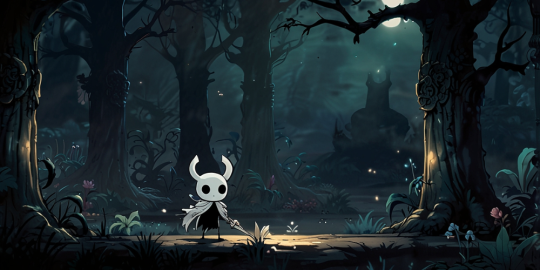
In the realm of indie video games, few titles have captivated audiences with their rich storytelling as powerfully as Hollow Knight. Developed by Team Cherry, this action-adventure title draws players into the hauntingly beautiful world of Hallownest, a kingdom riddled with secrets, history, and emotion. Unlike traditional narrative-heavy games that rely on extensive dialogue and cutscenes, Hollow Knight utilizes environmental narration to convey its story, carving out a space where players must immerse themselves in the surroundings to unlock the tales held within.
Environmental Storytelling: A Layered Approach
At the core of Hollow Knight's captivating narrative lies its environmental storytelling. From the first steps into the decayed beauty of Hallownest, players encounter a sense of exploration that invites them to investigate their surroundings. Each area is meticulously crafted, filled with subtle details that hint at the history, culture, and tragedies that unfolded long before the arrival of the Knight.
The Kingdom of Hallownest: A Once-Thriving Civilization
Hallownest, a once-thriving kingdom, serves as an intricate backdrop against which the story unfolds. Ruins of past grandeur provide insight into the lives of the inhabitants. The ancient structures, adorned with flora and eerie remnants, speak of a society that flourished before its eventual decline. As players traverse the landscape, the environment becomes a living archive, narrating the tale through crumbling edifices, abandoned homes, and faded murals.
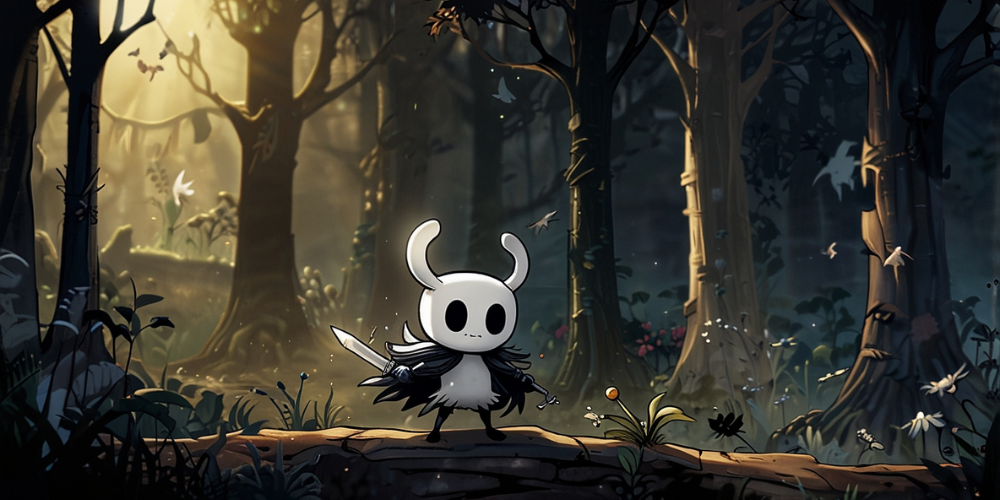
The Significance of Visual Cues
Visual elements play a pivotal role in environmental narration. Hollow Knight uses color palettes, architecture, and design choices to conjure emotions and evoke a sense of atmosphere. For instance, the bright, vibrant colors of the Greenpath area contrast sharply with the gloom of the Ruins, symbolizing themes of hope and despair. These visual cues engage players on a deeper level, encouraging them to piece together the narrative thread while deciphering the fate of Hallownest.
Character Interaction: Shadows of the Past
The few characters encountered in Hollow Knight often serve as echoes of the past rather than guideposts for players. NPC interactions point players towards the kingdom’s history without overwhelming them with exposition. Each dialogue reveals fragments of lore, deepening the immersion and prompting players to consider the fallen inhabitants' stories. For example, the enigmatic character of Quirrel hints at the grandeur of Hallownest while maintaining an air of mystery around his own quest.
Symbolism and Themes Interwoven in the Setting
Hollow Knight thrives on themes of loss, memory, and redemption, intricately woven into the environment. The Dream Nail mechanic allows players to tap into the dream of characters, revealing the haunting memories tied to the world. This mechanic lends itself to exploring the significance of dreaming and ambition, questioning what it means to remember a past long obscured by time and decay.
The Role of Silence in Storytelling
One unique aspect of Hollow Knight is its ambient sound design—or rather, the absence of it at times. The silence resonates throughout the empty corridors of Hallownest, prompting introspection and creating a palpable sense of solitude. This absence of a constant narrative flow creates a dynamic atmosphere, allowing players to absorb the environment and reflect on the stories left behind, further enhancing the emotional weight of the experience.
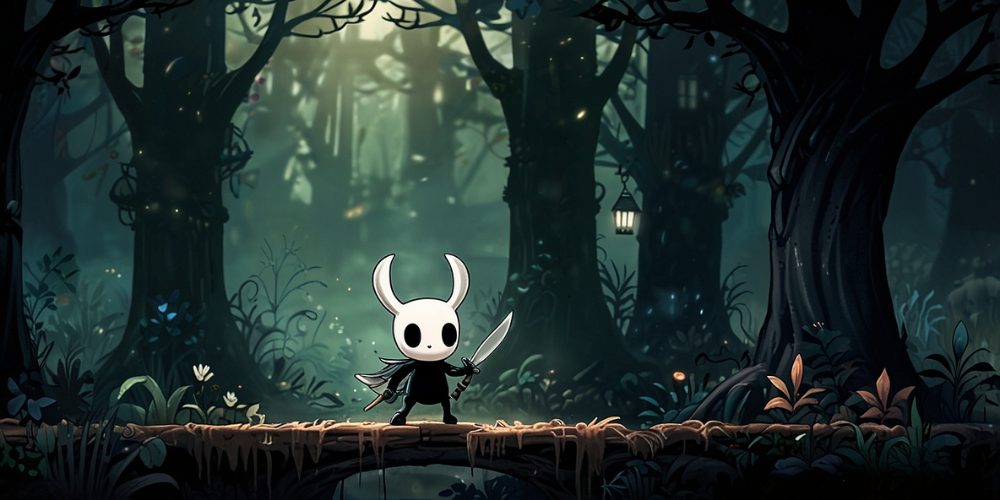
Exploration as a Storytelling Device
Exploration serves as a fundamental storytelling device in Hollow Knight. The layout of Hallownest encourages players to delve into its nooks and crannies in search of secrets and lore. Hidden areas peppered throughout the game contain essential pieces of the narrative puzzle, rewarding curious players with lore books and hidden locations that unveil the kingdom's backstory. This mechanic instills a sense of agency, allowing players to piece together the larger narrative at their own pace.
The Impact of Adversity and Challenges
As players navigate Hallownest, they encounter various foes that embody the struggle of the kingdom. Each enemy can be viewed as a manifestation of the kingdom’s suffering, reflecting the battle against corruption and despair. The struggle for survival against these adversaries serves as a parallel to the overarching narrative of fallen glory, amplifying the emotional stakes of the gameplay experience.
Art and Design: Telling Stories through Craftsmanship
The art style employed in Hollow Knight plays a significant role in storytelling. The hand-drawn aesthetics evoke a storybook quality, inviting players into a world reminiscent of classic fairy tales. Intricate designs showcase the evolution of the game's world, where nature reclaims its territory from human constructs, an allegory of rebirth amidst decay. The craftsmanship of the visual representation adds depth to the narrative and enchants the audience with beauty preserved in melancholy.
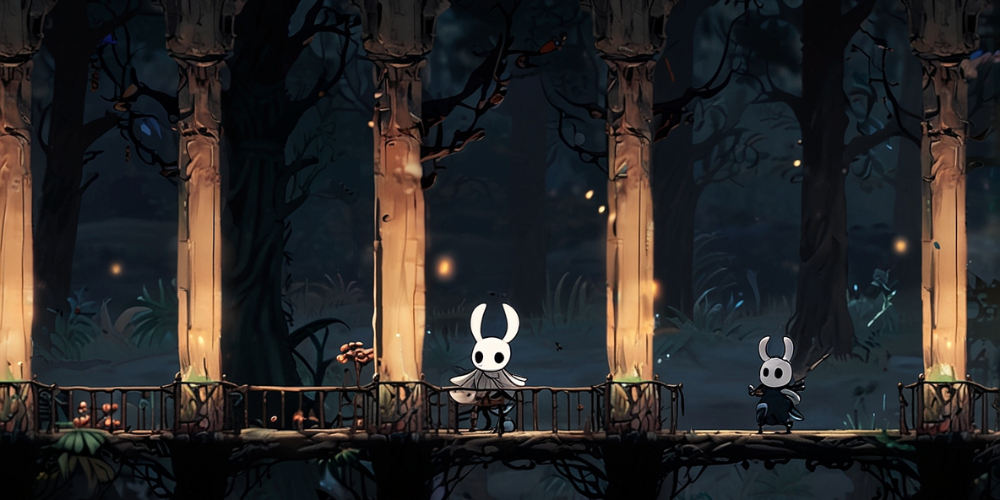
The Influence of Music and Soundscapes
Music and sound design shape the emotional landscape of Hollow Knight. Each area features distinct compositions that echo the history and ambiance of that locale. The haunting melodies paired with subtle sound effects draw players into the narrative, complementing the visuals and encouraging exploration. Through sound, players experience the weight of Hallownest’s heartbreak, enhancing the overall storytelling immersion.
Layers of Narrative: The Fragmented Tales of Hallownest
The narrative structure of Hollow Knight can be likened to a tapestry, weaving together multiple threads that, when viewed separately, evoke questions and intrigue. The lore is disseminated through various means: snippets acquired from characters, environmental encounters, and journal entries. This layered storytelling method invites players to adopt an investigative mindset as they piece the fragmented stories together, creating a personal narrative that may differ between players.
Tragedy and Resilience: Themes Explored
At the heart of Hollow Knight’s world lies a poignant exploration of tragedy and resilience. As players uncover the consequences of the Radiance’s influence, the overarching theme of negligence and ambition emerges. The tragic fates of Hallownest’s inhabitants drive home the story’s emotional weight, calling players to reflect on their journey and motivations amid sorrow and beauty. This examination of themes resonates deeply, providing a richer understanding of character and setting.
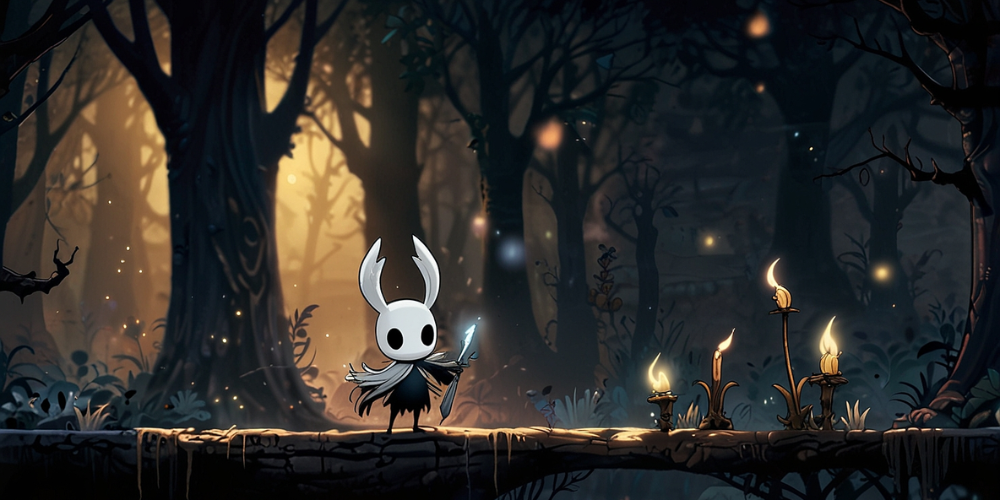
Quest for Identity: The Knight’s Journey
The protagonist, known simply as the Knight, embodies the quest for identity and purpose. As players guide the Knight through Hallownest, they confront the haunting echoes of the past and grapple with their role in the unfolding events. The exploration of self-discovery intersects with environmental narration as the landscape reflects the Knight’s journey, illustrating growth, challenges, and the search for connection in a fractured world.
The Pursuit of Understanding: Interpreting Symbolism
Symbolism is prevalent throughout Hollow Knight, enriching the narrative experience. The recurring motif of moths and light, the symbolism of the Dream Nail, and the presence of the Soul all contribute layers of meaning. Players are encouraged to interpret these symbols, shaping their understanding of Hallownest's lore and the deeper implications of existence, memory, and community. This aspect of storytelling demands engagement, ensuring that each player’s interpretation remains personal and unique.
The Interplay of Light and Shadow
The contrast between light and darkness goes beyond being just a visual preference; it plays a significant role in the storytelling. The townsfolk of Hallownest exist in the light of the past, while the darker areas symbolize the struggles and corruption they faced. This interplay creates a duality within the narrative, offering players a nuanced view of existence in Hallownest—showcasing both beauty and despair, hope and loss, intertwining to form an unforgettable tapestry of storytelling.
The Enduring Impact of Storytelling in Design
As players conclude their journey through Hollow Knight, they are left with more than just a sense of accomplishment; they carry with them the weight of the stories experienced through the lens of environmental narration. The artistry behind both design and storytelling meld together, creating a seamless experience that transcends typical gaming narratives. Hollow Knight serves as a prime example of how effective environmental storytelling can be, inspiring upcoming games to delve into this intriguing method and immerse players in the discovery of their environments.